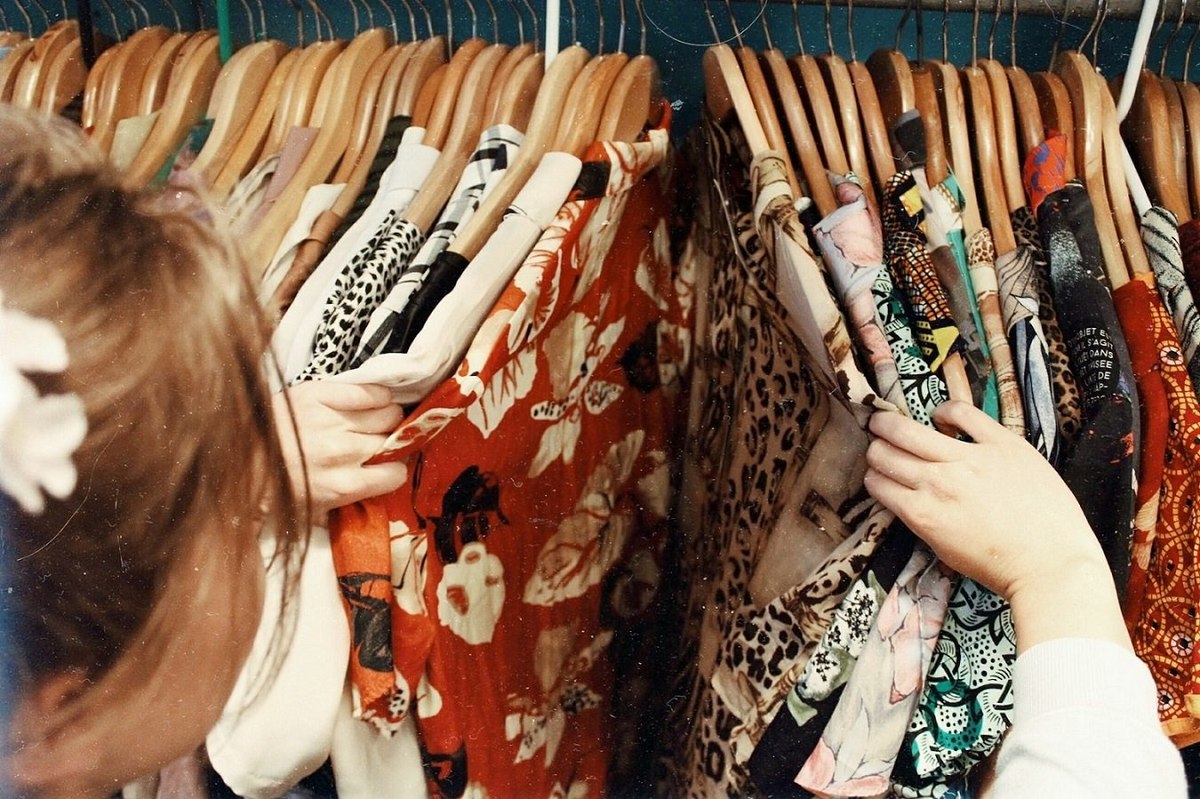
US: Uniqlo's sister brand, GU, enters US - Will the retailer’s offerings appeal to Americans?
Uniqlo’s, sister brand, GU, launched in the US last week with its new pop-up store in New York City’s SoHo neighbourhood. Expected to run until summer next year, the store will offer trend-concious clothing and accessories – marking a fashionable upgrade from casual basics-focused Uniqlo which entered the US market in 2006.
Will American consumers respond favourably to what GU has to offer?
According to YouGov Profiles - which covers demographic, psychographic, attitudinal and behavioral consumer metrics – about 35% of US consumers spent between $0.01 and $100 on clothing in the past three months. Another 20% of Americans spent $100.01 to $200, while just 9% spent between $200.01 and $350.
GU’s offerings will be priced comparatively lower than Uniqlo’s. The pop-up store will also offer a special product line priced between $29.90 and $59.90. A retailer offering fast, affordable fashion could find favour amongst American consumers.
Marketing plans for GU revolve around influencer marketing on TikTok and word-of-mouth. But data from Profiles shows that only 22% of Americans agree that they trust products recommended by celebrities or influencers. A majority of them (62%) do not agree with the statement.
While foraying into the US could be a great way for GU to test consumer interest in the brand outside of Asia, it remains to be seen whether social media marketing and word-of-mouth will be enough to generate curiosity towards the brand.
Explore our living data - for free.
Discover more retail content here
Want to run your own research? Start building a survey now
Make smarter business decisions with better intelligence. Understand exactly what your audience is thinking by leveraging our panel of 20 million+ members. Speak with us today.
Methodology: YouGov Profiles is based on continuously collected data and rolling surveys, rather than from a single limited questionnaire. Profiles data for the US is nationally and weighted by age, gender, education, region, and race. Learn more about Profiles.